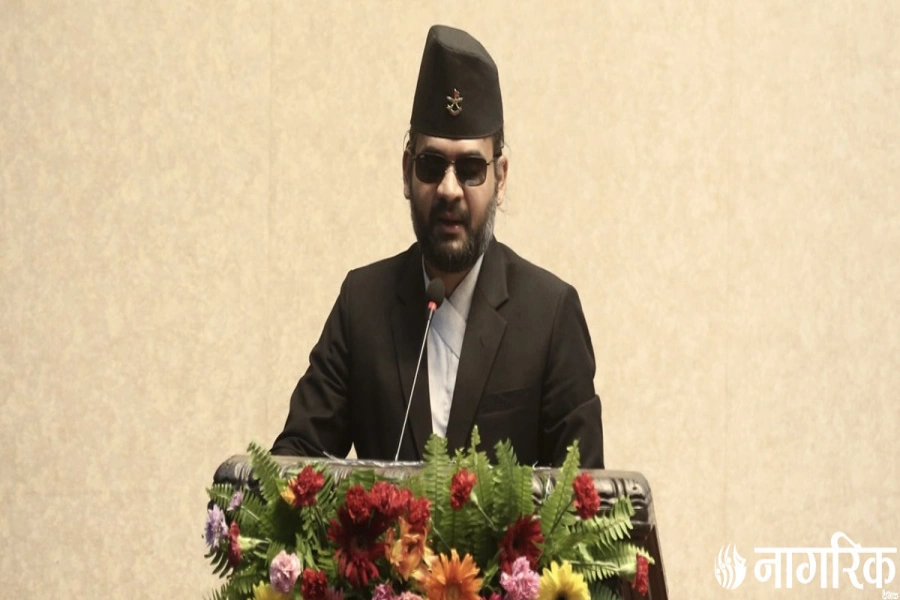Infectious diseases
The three months of monsoon wreak havoc with the lives of Nepalis. Monsoon floods and landslides claim hundreds of people every year. This is also the time for the spread of well-known infectious diseases like typhoid, cholera and malaria. Then there are the comparably lesser known diseases like Chikungunuya and Cahandipura viruses and scrub typhus to contend with. This monsoon, at least three people have died while 91 have been found infected by scrub typhus, new infections now reported from 22 different districts. This time last year, 12 patients had died from scrub typhus. These deaths were entirely avoidable as even common antibiotics can cure the disease. The reason so many die is because most scrub typhus cases are never diagnosed. How would they be? Only now is the Epidemiology and Disease Control Division, which is tasked with dealing with infectious diseases in Nepal, thinking of importing medical testing kits for scrub typhus. But then definite diagnosis is not always necessary. Doctors routinely prescribe antibiotics if they suspect dangerous bacterial infections. Waiting is not an option in case of diseases like scrub typhus and cholera with short incubation periods.
That so many people continue to unnecessarily die from these very treatable illnesses suggests that there are serious loopholes in our healthcare system. The biggest hurdle to their early detection and treatment is lack of even rudimentary healthcare resources in most of Nepal. As most medical doctors in the country confine themselves to a handful of urban hubs, district-level hospitals and health posts often have to make do with untrained medical staff. If, miraculously, there is a medical doctor available, his hospital might not have even vital medicines. After all, rural healthcare centers in Nepal routinely run short of common antibiotics and antipyretics. They could also do with the right equipment to test for the suspected diseases. It’s strange that even though so many died of scrub typhus last year there was no initiative back then to either import testing kits or to train doctors and health workers in rural areas to better spot and treat this relatively new disease.
This year, too, little was done before the parasite had spread to 22 districts right across country, from Ilam in the east to Kailali in the west. Such widespread presence makes epidemiologists suspect that the actual rate of infection could be many times the reported figure of 91 and more than three people could have died. As scrub typhus is treatable in most cases, this is not a case of a national medical emergency. But it could be. There is always a danger that during a raging epidemic a bacterium, even one like scrub typhus that is easily subdued by drugs, may morph into a more potent variant that does not respond to common line of antibiotics. The presence of such an under-the-radar epidemic also raises the troubling prospect of other potentially parlous, undetected epidemics—for example of Crimean-Congo hemorrhagic fever or Zika virus, both of which have been suspected in Nepal. We need to do a better job with detection and treatment if we are to avert a dangerous pandemic in the near future.
What not to do during silent period?






































